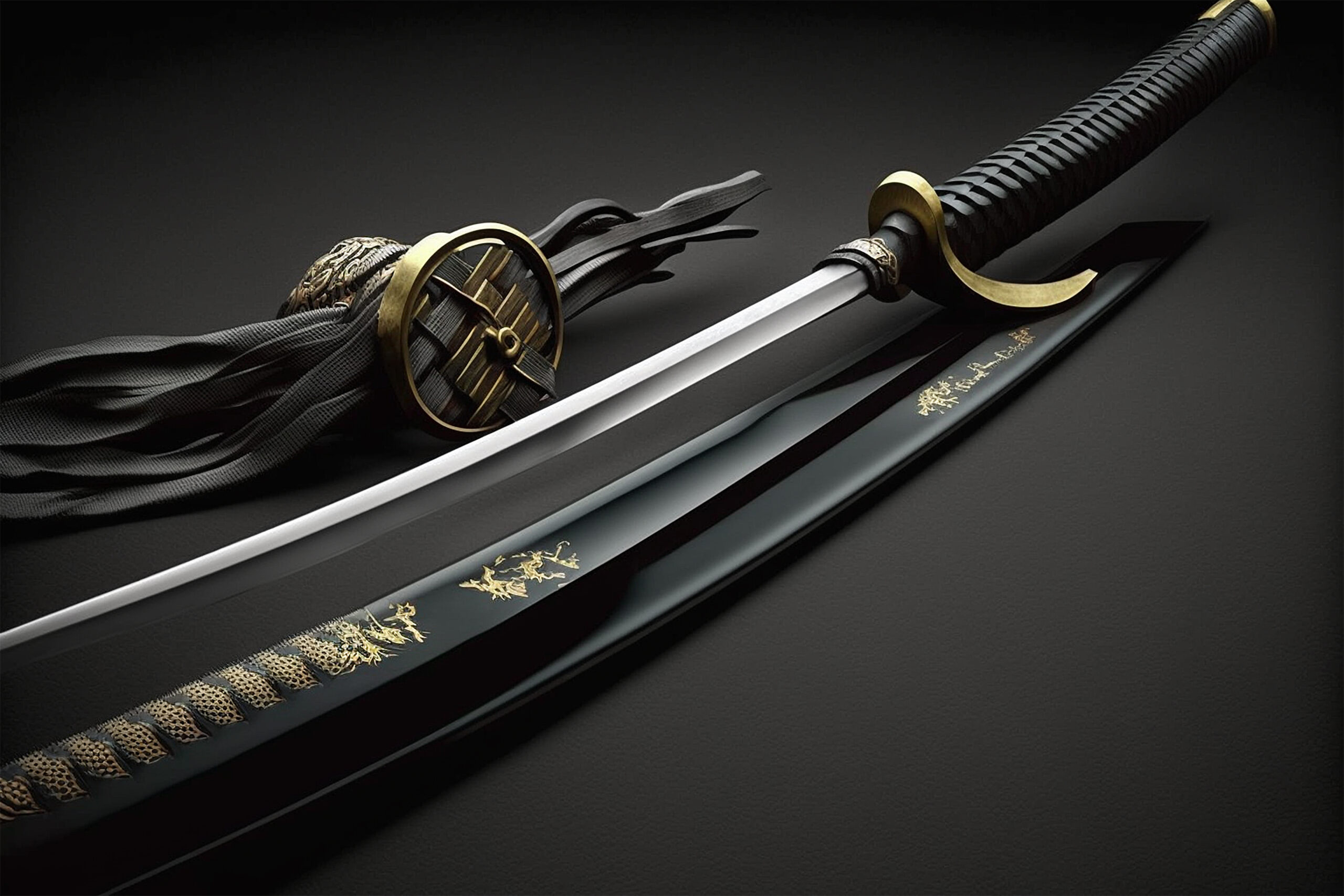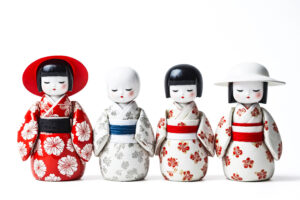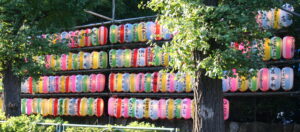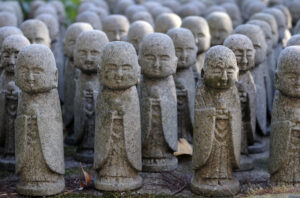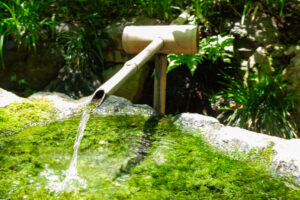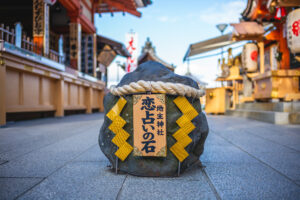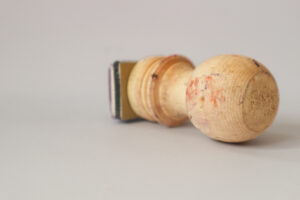In the heart of Japan’s rich cultural tapestry, the art of sword making stands as a testament to the country’s history, craftsmanship, and spiritual depth. The Japanese sword, or "Katana," is more than a weapon; it’s a symbol of the samurai spirit, embodying the qualities of strength, sharpness, and resilience. This article delves into the intricate world of Japanese swordsmithing, exploring its origins, techniques, and the unwavering dedication of the craftsmen who continue this ancient practice. From the traditional methods passed down through generations to the modern applications of these legendary blades, we uncover the art behind the blade.
1. Unsheathing History: The Origins of Japanese Swords
Japanese swords, known for their distinctive curved shape, trace their origins back to the Kofun period (around 300-538 AD). Initially influenced by Chinese and Korean sword designs, Japanese swordsmiths evolved their techniques to create blades uniquely suited to the combat styles of the samurai. The Heian period (794-1185) saw the development of the Tachi, the precursor to the modern Katana, designed for slashing while mounted. The Mongol invasions of the 13th century necessitated the development of sturdier, more versatile blades, leading to the birth of the Katana in the Kamakura period. These swords were not only weapons but symbols of social status and the soul of the samurai.
2. Forged in Tradition: The Timeless Techniques
The making of a Japanese sword is a laborious process that can take several weeks or even months, depending on the complexity and quality of the blade. Swordsmiths employ traditional techniques that have been refined over centuries, including the folding and hammering of the steel to remove impurities and ensure an even carbon content throughout the blade. This process, known as "folding," creates the distinctive pattern known as the "Hamon," unique to each sword. The use of charcoal-fired forges, water quenching, and precise temperature control during the heat-treatment process are hallmarks of these traditional methods, each step meticulously performed to ensure the blade’s quality and durability.
3. The Way of the Swordsmith: More Than a Craft
Becoming a swordsmith in Japan is a journey that requires not only technical skill but a deep spiritual commitment. Apprentices spend years under the guidance of a master swordsmith, learning not only the physical techniques but also the philosophy and ethical considerations of their craft. The process of creating a sword is seen as a spiritual journey, with the smith putting his soul into the blade. Prayers and rituals are an integral part of the sword-making process, seeking blessings for the sword’s completion and the safety of its wielder. This spiritual dimension elevates the craft to an art form, merging the physical and metaphysical into the creation of each blade.
4. Steel and Spirit: Understanding Tamahagane
The heart of the Japanese sword lies in its steel, known as "Tamahagane." This high-carbon steel is made from iron sand, smelted in a traditional clay furnace called a "Tatara." The smelting process, which lasts several days, involves carefully controlling the temperature to produce steel that is both hard and flexible. Tamahagane is then broken into pieces and sorted according to carbon content, with the swordsmith selecting the appropriate pieces for the blade, core, and edge. This meticulous selection process ensures that the finished sword will have the optimal balance of cutting ability and resilience.
5. The Flames of Creation: Inside the Forge
The forge is the swordsmith’s sanctuary, where the elements of fire, water, earth, and air unite in the creation of the Japanese sword. The smith heats the Tamahagane in the charcoal-fired forge to a precise temperature before hammering and folding the metal. This process requires immense skill and concentration, as the temperature and timing must be carefully controlled to achieve the desired outcome. The blade is then shaped, using a combination of hammering and grinding, before being quenched in water to harden the steel. The quenching process is critical, creating the blade’s signature curve and setting the stage for the final steps of polishing and sharpening.
6. Shaping the Blade: The Role of the Tosogu
The "Tosogu" are the fittings that adorn the Japanese sword, including the guard (Tsuba), the pommel (Kashira), and the collar (Habaki), among others. These fittings are not merely decorative; they are integral to the sword’s balance and functionality. Crafted by specialized artisans, the Tosogu are often works of art in their own right, featuring intricate designs and motifs that reflect the sword’s intended use or the owner’s status and personality. The selection and placement of the Tosogu are carefully considered, contributing to the sword’s aesthetic beauty and its effectiveness as a weapon.
7. The Edge of Perfection: The Sharpening Process
Sharpening a Japanese sword is an art form that requires years of practice to master. The process involves a series of water stones, each of a finer grit than the last, used to gradually refine the edge of the blade. This painstaking process not only sharpens the sword but also polishes it, revealing the Hamon and the beautiful patterns in the steel. The sharpener must maintain a perfect angle and pressure, a skill that is honed through experience and dedication. The result is a blade of unparalleled sharpness and beauty, a testament to the craftsman’s skill.
8. Symbols of the Samurai: Swords as Cultural Icons
In Japanese culture, the sword is more than a weapon; it is a symbol of the warrior’s soul. The samurai considered their swords as their most prized possessions, believing them to hold their honor and spirit. Beyond the battlefield, swords have played significant roles in Japanese ceremonies and rituals, symbolizing purity, strength, and justice. Today, they remain powerful symbols of Japanese heritage, embodying the values of discipline, honor, and craftsmanship. The fascination with these blades transcends borders, making them coveted items among collectors and martial artists worldwide.
9. Masters of the Blade: Renowned Swordsmiths
Throughout history, there have been many swordsmiths whose names have become legendary, revered for their skill and the quality of their blades. Master swordsmiths like Masamune, Muramasa, and Yoshindo Yoshihara have become almost mythic figures, with tales of their swords carrying mystical powers. These craftsmen’s work represents the pinnacle of Japanese sword making, with their techniques and secrets passed down to a select few. Today, contemporary swordsmiths continue this legacy, blending traditional methods with modern innovations to create blades of unmatched quality.
10. Preserving the Edge: Care and Maintenance
The Japanese sword requires meticulous care to maintain its beauty and functionality. Regular maintenance includes cleaning, oiling, and inspecting the blade for rust or damage. The sword must be handled with respect, following specific protocols to prevent wear or tarnishing. Collectors and practitioners alike must learn the proper techniques for caring for their swords, ensuring these cultural treasures are preserved for future generations. This care extends the life of the sword, keeping the spirit of the samurai alive.
11. Cutting Edge: Modern Uses of Ancient Swords
While the days of the samurai are long past, the Japanese sword continues to find relevance in modern times. Martial arts such as Kendo, Iaido, and Kenjutsu teach the art of swordsmanship, emphasizing discipline, respect, and self-improvement. Swords are also crafted for ceremonial purposes, spiritual practices, and as exquisite works of art. Additionally, the techniques and philosophies behind Japanese sword making influence modern metallurgy and craftsmanship, proving the timeless nature of this ancient art.
12. Behind the Blade: The Future of Swordsmithing
The future of Japanese swordsmithing lies in the hands of the current generation of craftsmen who are dedicated to preserving this ancient art. With the challenges of modernization and a dwindling number of traditional swordsmiths, efforts are being made to safeguard the techniques and knowledge for the future. Educational programs, exhibitions, and demonstrations aim to inspire a new generation of swordsmiths and enthusiasts. As we move forward, the fusion of traditional skills with contemporary technologies and materials promises to keep the spirit of the Japanese sword alive and cutting edge.
The art of Japanese swordsmithing is a journey through history, culture, and craftsmanship that continues to captivate the imagination of people around the world. From the smelting of the Tamahagane to the final edge polishing, each step in the creation of a Japanese sword is infused with tradition, precision, and spiritual significance. These blades are more than weapons; they are cultural icons, embodying the essence of the samurai spirit and the enduring values of discipline, honor, and artistry. As we look to the future, the legacy of Japanese swordsmithing remains a vibrant testament to the skills and dedication of the craftsmen who continue to forge the path ahead, ensuring that the art behind the blade endures for generations to come.
